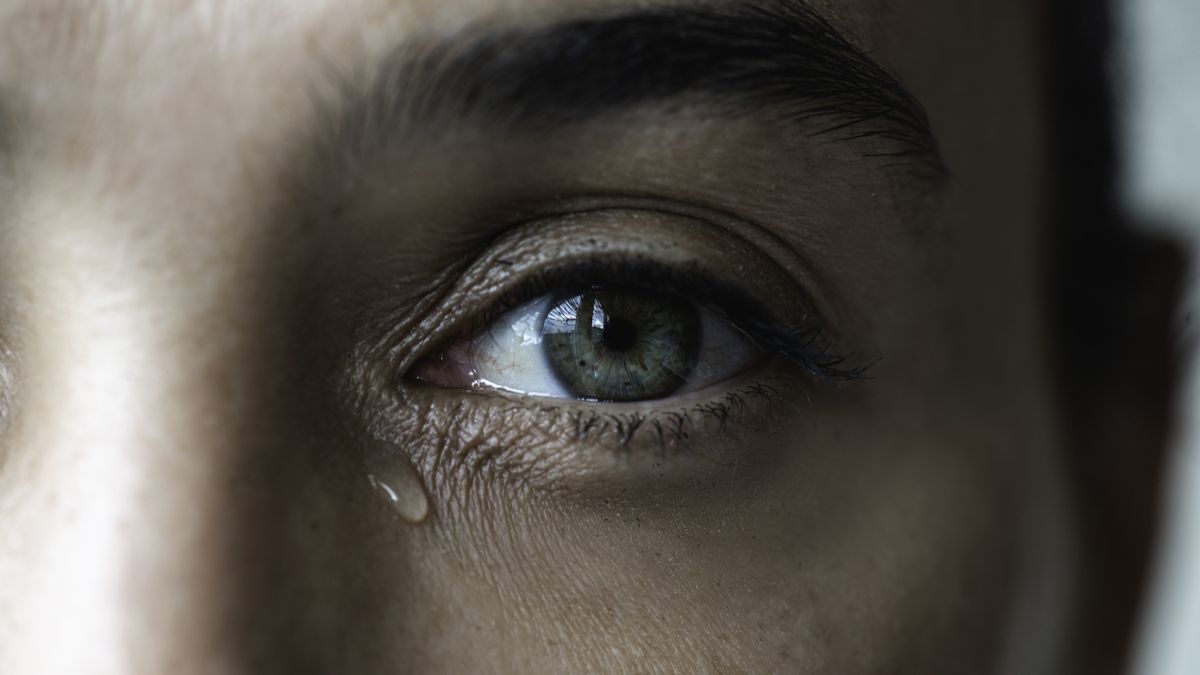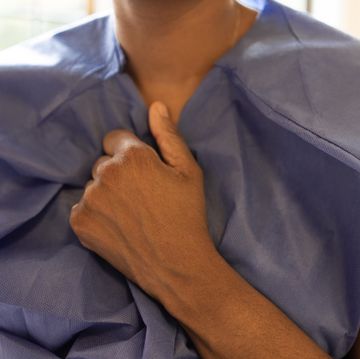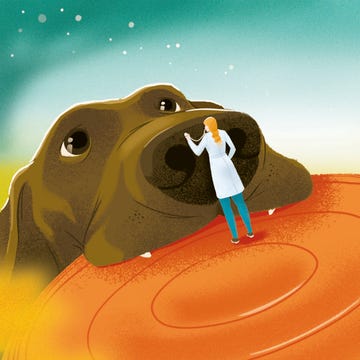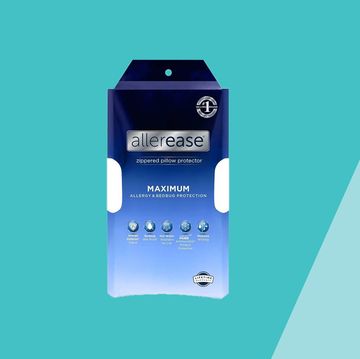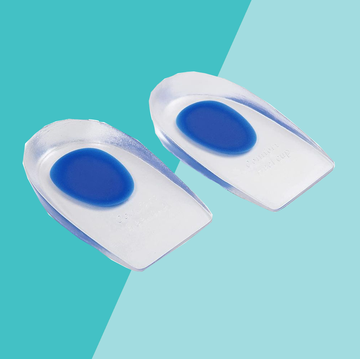Good news, bad news, a rough day, a scary movie, a poignant memory, a nostalgic smell—these are all things that can prompt a salty tear to trickle down your cheek. The sensation is quick to sneak up on many of us, especially adults. So it’s natural to wonder why it happens in the first place, and what exactly tears are, anyway. If you think about it, the phenomenon of water involuntarily leaking from our eyes in response to strong emotion is... strange, to say the least.
Meet the Experts: Michelle Andreoli, M.D., clinical spokesperson for the American Academy of Ophthalmology and James Kelly, M.D., ophthalmologist and refractive surgeon specialist at the Kelly Vision Center in New York City.
Below, ophthalmologists explain why we cry, and the bodily processes that take place when waterworks activate.
Why do we cry?
There are two physical components of crying—tears and verbal expressions of distress, or “acoustic crying,” as a study published in Clinical Autonomic Research puts it. The latter is seen in humans and animals (think: a lonely fawn bleating) and is believed to be evolutionarily rooted in the infant reaction to being separated from one’s mother—a tactic for safety and survival. Emotional tears—liquid spilling from the eyes in response to moving stimuli—however, are uniquely human. And although we’ve been doing it for centuries, understanding of the phenomenon is still relatively narrow.
How crying works: The 3 types of tears
In general, tears are made up of salt water produced by by the lacrimal glands above the eyes and eyelids, as well as mucus and oil, explains Michelle Andreoli, M.D., clinical spokesperson for the American Academy of Ophthalmology. “They coat the surface of the eyes and drain through small openings in the lower eyelids, and eventually into the nose and throat,” adds James Kelly, M.D., ophthalmologist and refractive surgeon specialist at the Kelly Vision Center in New York City. There are three types of tears, each of which have slightly different compositions and functions:
- Basal tears, also known as “maintenance tears” provide constant lubrication and protection to the eyes by producing a thin, refracting film that glides across the cornea every time you blink, allowing for sharp vision and moisturized eyes, Dr. Kelly explains.
- Reflex tears happen in response to irritants like dust, smoke, or the onion you just chopped to help wash them away.
- Emotional tears well up when the limbic system—the part of your brain associated with emotional arousal, says Dr. Andreoli—is activated by a strong emotion or intense situation, be it a sad song or moving conversation. The limbic system also controls hormones and certain nerve reflexes, which in turn produce a physical reaction—tears—to emotional stimulus, explains Kelly. “Nerves called cranial nerves within the eyelids, tear glands, and facial muscles then get to work by signaling crying,” he adds.
Why you cry when you’re happy, relieved, or moved
Crying is most commonly associated with sadness in humans, but it can also happen when you’re overjoyed or moved by a strong positive emotion. The keyword there is strong. “Emotional tears demonstrate vulnerability and empathy,” says Kelly. Thus, the perception of emotions like sadness, relief, and happiness by the limbic system (triggered by, say, a memory or an emotional environment) all have the ability to activate the cranial nerves that trigger crying, he explains.
What your tears say about your health
If you’ve ever experienced or witnessed excessive tears for no particular reason, it could be possible that your eyes are overcompensating for their dryness, a condition otherwise known as dry eye syndrome. “Basal tear production slows with age,” explains Andreoli. “Dry eye is a common problem for people undergoing hormonal changes, especially women during pregnancy and menopause.” Contact lenses and certain medications can also cause dry eye, she says, adding: “If you think you are experiencing dry eye, talk to your ophthalmologist about the best treatment options for you.”

Kayla Blanton is a freelance writer-editor who covers health, nutrition, and lifestyle topics for various publications including Prevention, Everyday Health, SELF, People, and more. She’s always open to conversations about fueling up with flavorful dishes, busting beauty standards, and finding new, gentle ways to care for our bodies. She earned a bachelor’s degree in journalism from Ohio University with specializations in women, gender, and sexuality studies and public health, and is a born-and-raised midwesterner living in Cincinnati, Ohio with her husband and two spoiled kitties.
